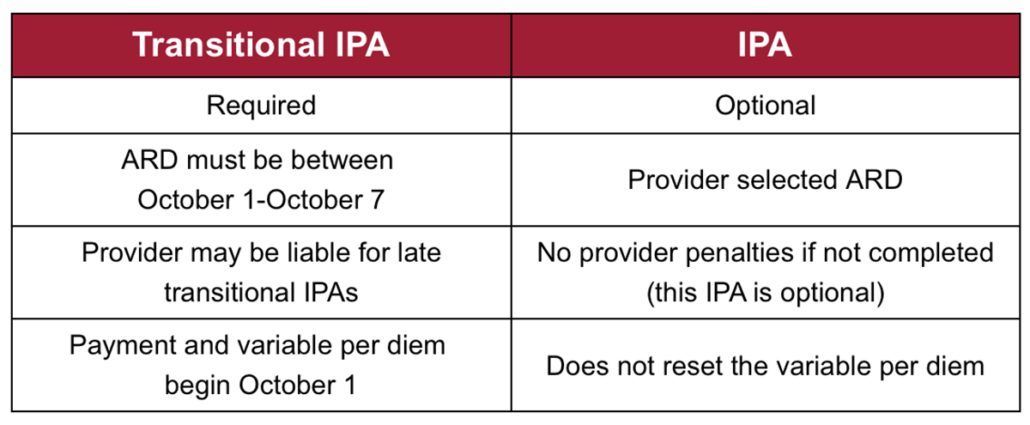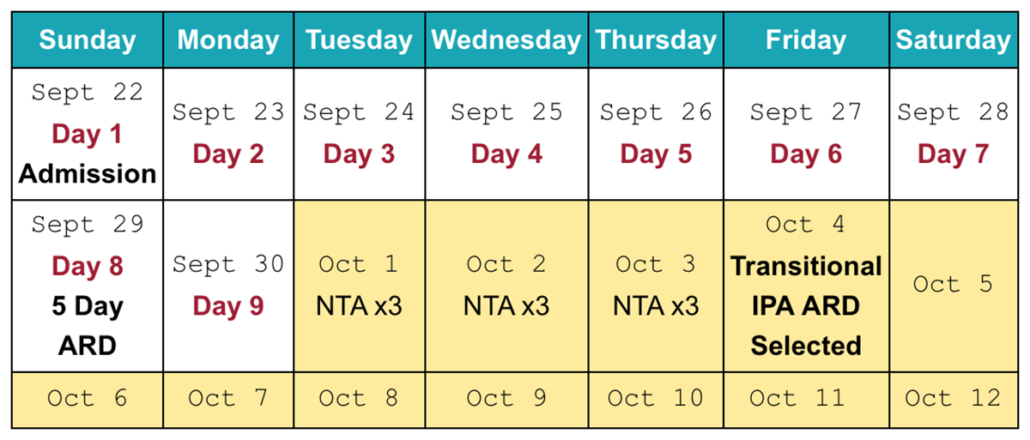Accurate coding for the SLP Component under the PDPM reimbursement methodology has been an area of opportunity across the industry. HTS has uniquely positioned itself with a team of seasoned therapists and nurses to analyze data and trends to optimize systems and processes to assure a smooth transition into PDPM. Now that we have three months of PDPM under our belt, here is what we have learned:
- A tool to communicate SLP evaluation findings to the IDT will streamline the process and optimize IDT collaboration. Our MDS coordinators have enough on their plates. Let’s make it as easy as possible to present them with information so they can make the best coding decisions. HTS has created a tool for this, “HTS IMA SLP Component Communication Tool.” This tool is completed by the SLP and/or OT to provide information regarding sections B, C, I, and K related to the SLP therapy PDPM component. The tool is also equipped with a coding reference to assure that therapists are familiar with the RAI language and coding instructions.
- Best practices when administering the BIMS is an area of opportunity. HTS recommends reviewing interview guidelines from the RAI, coding tips, and BIMS basics. Use HTS’ “Cognitive Assessment Quick Reference” for a guide to optimize practices in these areas. Also, remember the BIMS is a brief test and is not sensitive enough to capture some cognitive deficits such as executive functioning impairments. Even if a patient is “cognitively intact” (BIMS score of 13, 14, or 15), they still may benefit for cognitive-communicative therapy. The SLP will have formal testing to identify these areas of deficit and create short term goals associated with these areas.
- If a patient scores in the SA case mix group indicating there are no items coded for the SLP component, the patient can still qualify and benefit from therapy. As mentioned in #2, the formal testing selections by a SLP will be more sensitive to cognitive impairment and therefore capture deficits more brief tests will not. However, if a patient is coded as “SA” and would benefit from speech-language therapy, HTS recommends going over the patient record to assure coding accurately reflects the patient’s medical complexities. Often times aphasia in section I4300 of the MDS may be a coding opportunity but also may require querying the physician. Additionally, section K coding best practices could also result in a more accurate SLP case-mix group.
- Section K coding and optimization requires IDT collaboration. 2017 CMS data analytics revealed that section K coding was also an area of opportunity. In the past many have relied solely on the dietary department for section K coding. We’ve learned the SLP observations are also an important factor when coding section K accurately. For this reason, HTS created a “Quick Reference Optimize Coding in Section K” and “RAI Instructions for Completion of Section K.” Additionally, a webinar is available on the partner portal, “PDPM: SLP Component and Accurate Reporting of SLP Comorbidities.”
As we continue to navigate new waters under the PDPM methodology, we have adapted and modified our systems and processes to assure patient-centered care is at the forefront and best practices are in place. Accurate SLP component coding allows us the opportunity to more accurately depict the patient’s medical status and individualized needs. HTS will continue to provide the resources and tools to achieve IDT collaboration for the best patient outcomes possible so together we can drive quality improvement.
Written By: Sheena Mattingly, M.S., CCC-SLP, RAC-CT, Director of Clinical Outcomes




